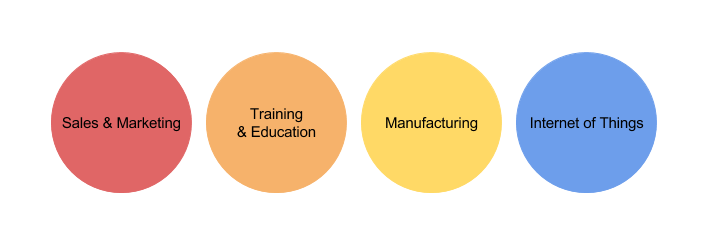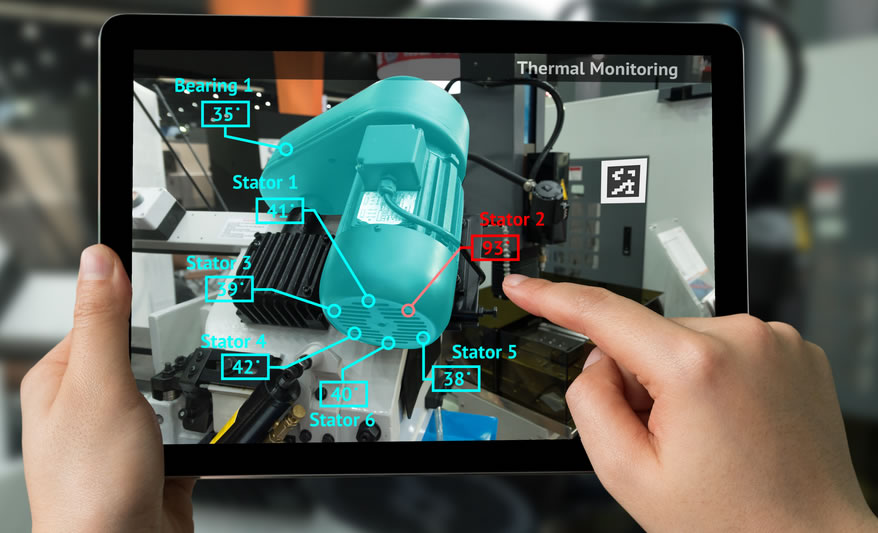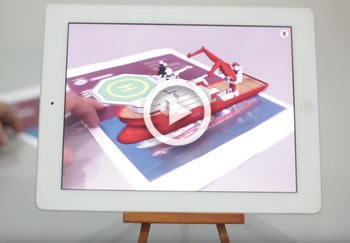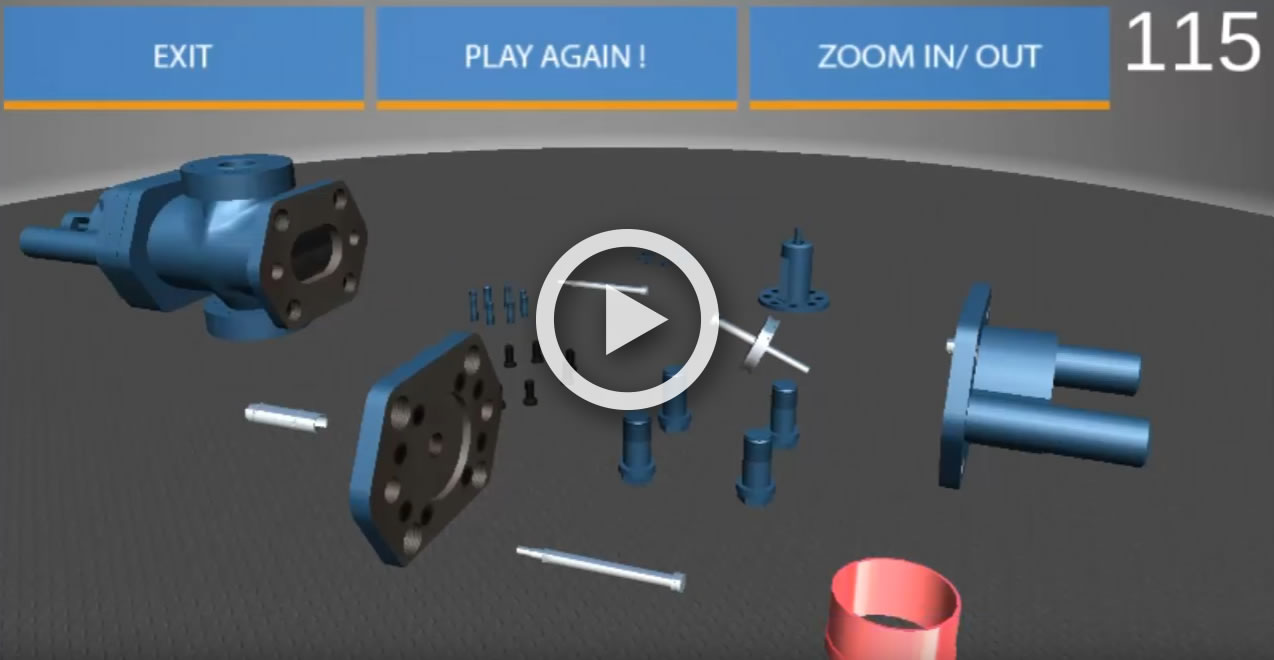The success of some apps may have put AR on the map, but this is just the tip of the iceberg. The technology is now being leveraged for enterprise applications in different areas like marketing, training, maintenance operations and field service, and these applications are unlimited.
Unlike VR, which creates an immersive computer-generated environment, the AR technology superimposes computer-generated images and overlays information on user's real-world view. In short, AR technology makes it possible for the digital realm and the real world to combine in a seamless environment.
Below we offer a brief preview of AR uses applied in business, divided in 4 categories:

Sales & Marketing
AR is no secret to forward-thinking brands and companies. Nowadays, Augmented Reality technology is not only consumed by tech corporations and gaming communities, but it is also becoming a more mainstream technology embraced by large retailers and customers alike. Many major companies are now successfully using AR technology and AR apps to enrich their customers’ experiences and interactions with their brand.
First, Augmented Reality is the segway for retailers to create more meaningful, memorable shopping experiences for customers while leveraging your digital audience. Secondly, and an important point to be stressed, is the emotional involvement of potential customers that is enhanced just as much by interaction, additional information and multimedia entertainment as by presenting what is innovative, relevant and useful. In essence, employing AR mostly means an upgrade of brand perception, or company perception, and qualitative enhancing of brand attraction, or company attraction.
Training & Education
Adding an intensive interactive level to training and education, AR can actually be a "major game changer." It’s clear that AR gives business owners limitless potential for placing trainees in real-world scenarios and situations. Many employees learn best by doing rather than seeing.
AR can serve up real-time data to engineers in remote offices to view and interact with machinery from a distance, lead workers directly to the right location to repair a damaged part, deliver real-time training to instruct operators, or like a key element to test procedures in situations in which doing so in real life would be dangerous or impractical. Summarizing, AR can dramatically speeds up training process, saving time and money.
Manufacturing
More and more products are now a mixture of digital and physical content so, naturally the ways in which we interact with these products will evolve toward a mixed-reality model that blends physical and digital interactions. For product developers, that means a new class of products has become possible. Augmented reality can help designers get a far more precise idea of what a product will look like and how it will function much earlier, and can help manufacturers get an idea of how their processes are performing, as it can help them spot problems and areas to improve. Tweaks to procedures that enable better final products can be put in place far more quickly, reducing late changes and costs.
Internet of Things
If IoT is about gathering data and turning it into information that could lead to better decision-making, Augmented Reality is all about providing people doing the work with that information in a way that allows them to do more with it.
AR joined the Internet of Things and artificial intelligence as a technology that excite the imagination of manufacturers, entrepreneurs and investors. With projections calling for 25 billion internet-connected things by 2020, Augmented Reality could play a breakout role as the technology enabler that lets workers easily gain access to see real-time, contextual information about different smart, connected products. With Augmented Reality technology, apps can now see and connect with the physical world. And here is where the applications described above make even more sense for business.
Concluding
AR clearly holds promise in business. The potential for AR as a powerful training tool is only as limited as your imagination, especially when you blend it with employee collaboration, field tests, and presentations.
Questions? Feel free to contact us, will be happy to talk with you about how Augmented Reality can help deploy your business.

About Ariel Sztern
Ariel is a Software Engineer with more than 20 years of experience in Software Development with experience in managing projects in more than 16 countries
Nowadays Ariel is responsible for managing the operation in USA as President of TISA Software LLC.
Beyond his technical knowledge and passion for the technology Ariel enjoys watching the NBA and playing Ping-Pong, he also likes sci-fi movies and was recognized as one of the 40 under 40 by the Houston Business Journal in 2014.
















